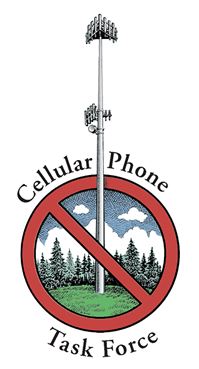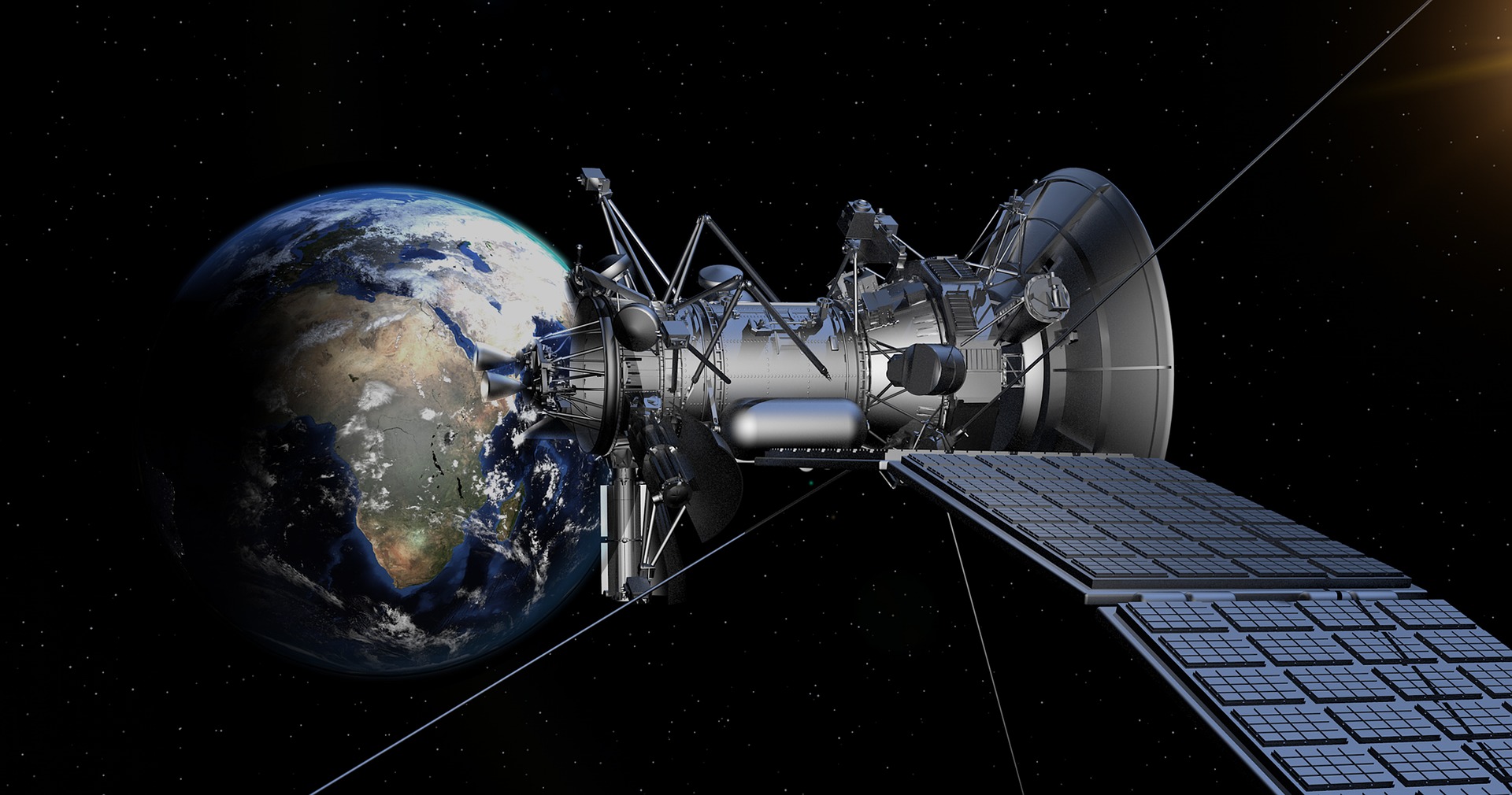The introductory information below is from Arthur Firstenberg’s website, https://www.cellphonetaskforce.org/, for the purposes of ensuring the information is widely available.
On September 23, 1998, 66 satellites, launched into low orbit by the Iridium Corporation, commenced broadcasting to the first ever satellite telephones. Those phones would work equally as well in mid-ocean, and in Antarctica, as in the middle of Los Angeles—a remarkable achievement.
But telephone interviews revealed that on that day exactly, people all over the world experienced stabbing pains in their chest, knife-like sensations in their head, nosebleeds, asthma attacks, and other signs of severe electrical illness. Statistics published by the Centers for Disease Control reveal that the national death rate rose 4 to 5 percent during the following two weeks. Thousands of homing pigeons lost their way during those two weeks, all over the United States.
Several companies are now competing to provide not just cell phone service, but Wi-Fi and the equivalent of 5G, to every square inch of the earth from satellites in space in low earth orbit. They are planning not 66 satellites, but tens of thousands of satellites. There isn’t much time to prevent a global ecological catastrophe.
The companies with the biggest schemes are:
SpaceX: 42,000 satellites
OneWeb: 49,000 satellites
Honeywell has already has signed a memorandum of understanding to become OneWeb’s first large customer—it plans to provide high-speed WiFi on business, commercial, and military aircraft throughout the world.
SpaceX would like to provide the equivalent of 5G to every person on the planet.
In addition to microwaving the Earth, these plans have the potential to destroy the Earth’s ozone layer and add to global warming.
The New York Times (May 14, 1991, p. 4) quoted Aleksandr Dunayev of the Russian Space Agency saying “About 300 launches of the space shuttle each year would be a catastrophe and the ozone layer would be completely destroyed.”
At that time, the world averaged only 12 rocket launches per year. Maintaining a fleet of 42,000 disposable satellites, such as SpaceX is proposing to do, each with an planned lifespan of 5 years, will likely involve enough yearly rocket launches to be an environmental catastrophe.
Elon Musk’s SpaceX, together with the other satellite schemes, would require the launch of hundreds of kerosene-burning rockets annually.
It is a misconception that liquid fuels, such as kerosene, are environmentally friendly and destroy no ozone. This was analyzed in 2009 by scientists at the Aerospace Corporation in a paper titled “Limits on the Space Launch Market Related to Stratospheric Ozone Depletion.” They found that although liquid fuels do not contain chlorine, they still produce significant amounts of nitrogen and hydrogen oxides, as well as water vapor and soot when burned, all of which destroy ozone. “The assumption that liquid rocket engines are green as far as ozone is concerned is not correct,” they wrote. Even if liquid fuels optimistically destroyed only 2% as much ozone as solid fuels, a 50-fold increase in the rate of rocket launches, which is about to happen unless the world wakes up, would destroy just as much ozone. And the authors state that their 2% figure is little better than a guess because of “the nearly complete lack of data and models.”
Martin Ross of the Aerospace Corporation was also the lead author of a paper published in 2010 titled “Potential climate impact of black carbon emitted by rockets.” The authors developed a computer model to predict what would happen in different parts of the planet if the number of launches burning kerosene (then 25 annually) increased by a factor of 10. Their model predicts as much as a 4% loss of ozone over the tropics and subtropics, as much as a 3-degree Celsius summertime increase in temperature over the South Pole, more than a 1-degree Celsius overall increase in Antarctic temperature, and a decrease in Antarctic sea ice by 5% or more.
In a 2011 article titled “Rocket Soot Emissions and Climate Change,” Ross stated, “The Aerospace study shows that the radiative forcing of soot from a given hydrocarbon rocket scenario is as much as 100,000 times that of the carbon dioxide from the rockets.” Obviously, the soot or black carbon emissions would be an important factor in accelerating climate change if the planned launches move forward.
Solid state rocket exhaust is no better. It contains ozone-destroying chlorine, water vapor (a greenhouse gas), and aluminum oxide particles, which seed stratospheric clouds. Complete ozone destruction is observed in the exhaust plumes of solid state rockets.
The recent finding, in 2018 , that stratospheric ozone is still declining despite the Montreal Protocol took everyone by surprise. The unrestrained proliferation of ever-more-powerful rocket launches may be one factor, but nobody is paying attention.

For regular updates, please subscribe to Cellular Phone Task Force’s newsletters: https://www.cellphonetaskforce.org/subscribe/
You can also download their newsletters from https://www.cellphonetaskforce.org/newsletters/
We have included selected newsletters here to download:
Spaceport Genocide [April 2021]
Online Meeting about 5G Satellites [August 2020]
Sign the appeal against 5G, and for the survival of nature and humanity: https://www.5gspaceappeal.org/

